5 Refreshing Infusions For Healthy Hydration

MAKING WATER
MORE HEALTHY!
Healthy hydration is essential for maintaining overall wellness and vitality. Proper fluid intake supports vital bodily functions, including temperature regulation, nutrient transportation, and waste elimination. Drinking enough water not only enhances physical performance but also improves cognitive function, mood, and skin health. Staying hydrated is essential for overall health, but plain water can sometimes feel a bit boring. Infusing water with fresh herbs, fruits, and vegetables can make hydration more enjoyable and flavorful while providing additional nutrients and antioxidants. By prioritizing healthy hydration, you can boost energy levels, enhance digestion, and promote a sense of well-being.
Here are five delightful infusion ideas that you can easily create at home to keep your water refreshing and invigorating!
Tips for Crafting Your Infusions:
- Use filtered water or reverse osmosis for the best taste.
- Use this information as a guide. Feel free to experiment with different combinations based on seasonal fruits and herbs available to you!
- Let your infusions steep longer for stronger flavors—overnight infusions often yield the best results.
With these five delightful infused water recipes, you can enjoy flavorful hydration while reaping the health benefits each ingredient offers.
1. Cucumber Mint Bliss
Ingredients:
- 1 cucumber, sliced
- A handful of fresh mint leaves
- Water
Instructions:
- Add the cucumber slices and mint leaves to a pitcher of water.
- Allow the mixture to infuse for at least 2 hours in the refrigerator.
- Serve chilled.
Health Benefits: Cucumber is hydrating and helps flush toxins from the body, while mint can aid digestion and add a refreshing taste.
QUITE REFRESHING
2. Berry Basil Delight
Ingredients:
- A handful of mixed berries (strawberries, blueberries, raspberries)
- A handful of fresh basil leaves
- Water
Instructions:
- Gently muddle the berries and basil in a pitcher to release their flavors.
- Fill the pitcher with water and let it infuse for 1–2 hours in the refrigerator.
- Enjoy over ice!
Health Benefits: Berries are packed with antioxidants and vitamins, while basil has anti-inflammatory properties and can help combat stress.
Water
with a TWIST !
3. Citrus Sunshine Splash
Ingredients:
- 1 orange, sliced
- 1 lemon, sliced
- A handful of lime slices
- Water
Instructions:
- Combine all the citrus slices in a large pitcher.
- Fill with water and let it sit for at least 3 hours or overnight for maximum flavor infusion.
- Serve chilled or over ice.
Health Benefits: Citrus fruits are rich in vitamin C, which boosts immunity, and they add a refreshing zing that brightens your hydration routine..
4. Ginger Citrus Zing
Ingredients:
- Fresh ginger root (about 1 inch), sliced thinly
- 1 lemon, sliced
- A handful of mint leaves (optional)
- Water
Instructions:
- Add the ginger slices and lemon to a pitcher of water.
- Let it steep for at least 2 hours in the refrigerator.
- Serve chilled or warm if desired.
Health Benefits: Ginger is known for its anti-inflammatory properties and can aid digestion, while lemon provides a dose of vitamin C.
TEA -Riffic!
5. Herbal Green Tea Infusion
Ingredients:
- 2 green tea bags or loose-leaf green tea
- Fresh mint or lemongrass stalks
- A slice of lemon or lime
- Water
Instructions:
- Brew the green tea according to package instructions.
- Once brewed, add mint or lemongrass and let it cool.
- Serve over ice or chilled in a pitcher.
Health Benefits: Green tea is rich in antioxidants, which support overall health, while mint or lemongrass adds freshness and aids digestion.
– Dr. Clifton Mays | Director
Our Mission
Our Clinic is committed to helping people just like you who have been suffering with health issues and haven’t been helped with the traditional healthcare model. Find out how we can help you.
Contact Us
3755 Admiral Dr. Suite 106, High Point, NC 27265
support@drmayswellness.com
(336) 887-9460
Follow Us















